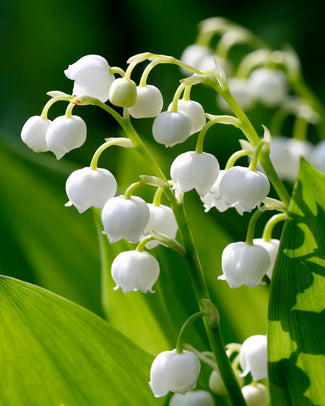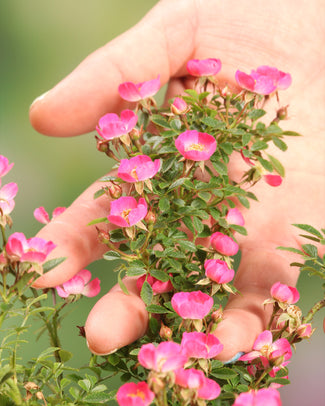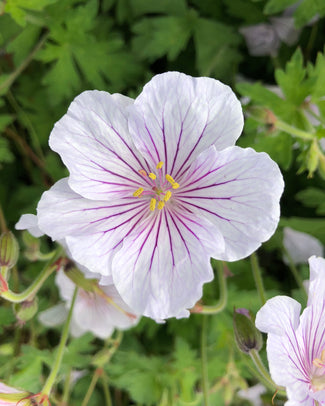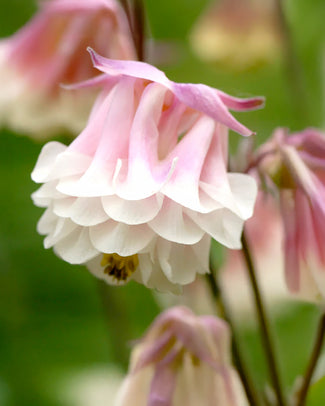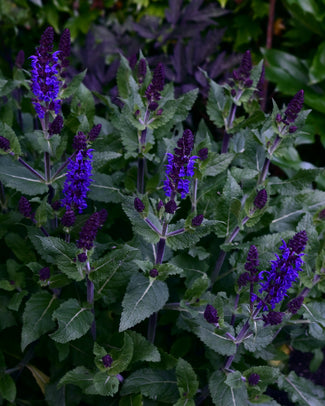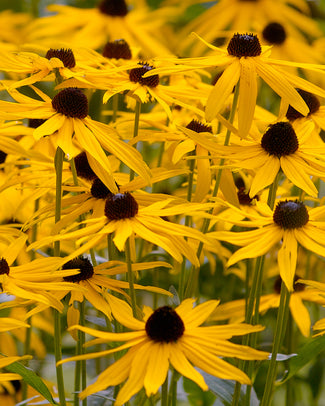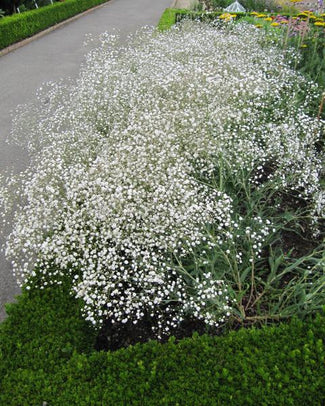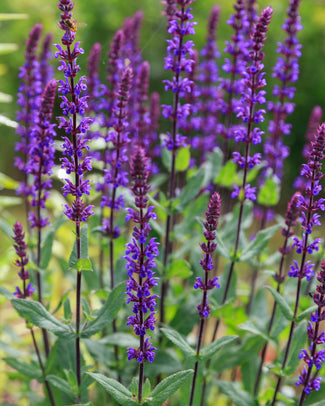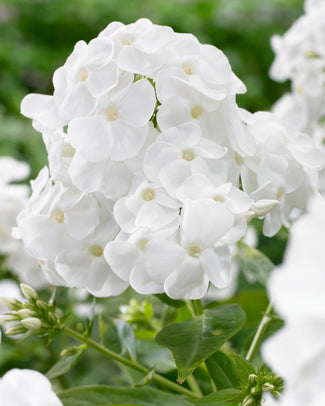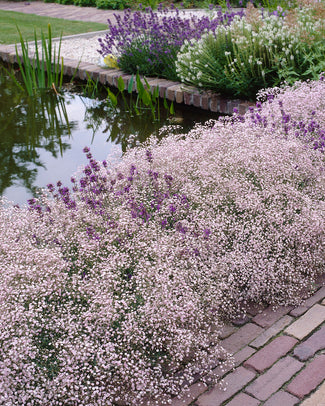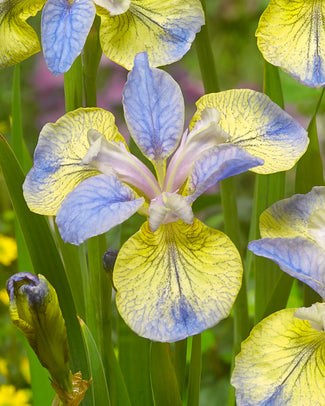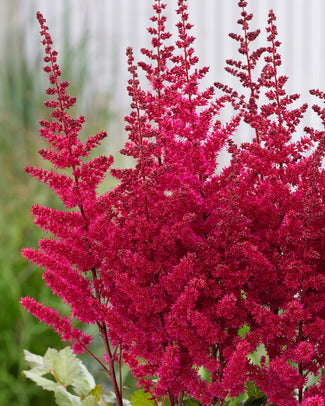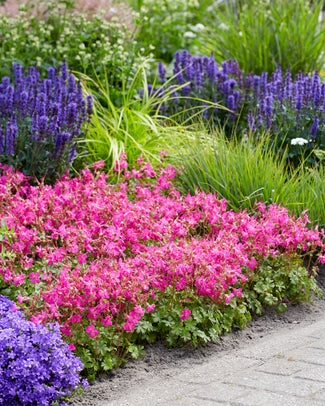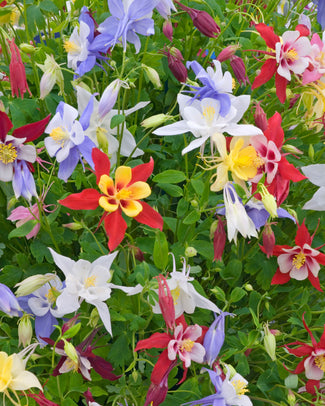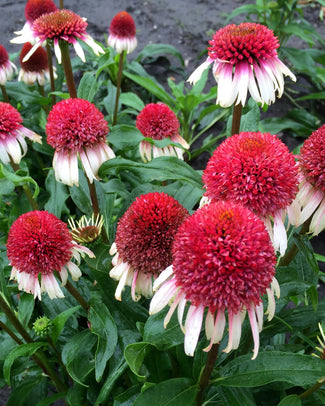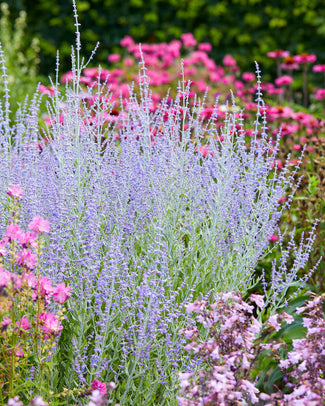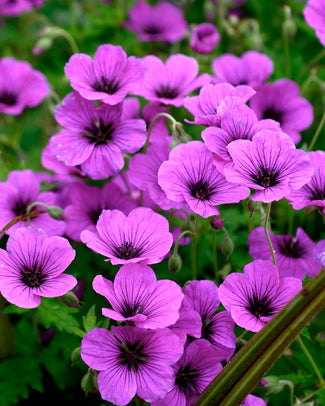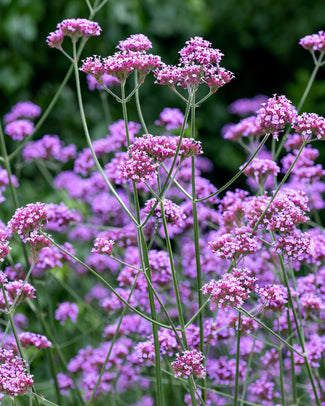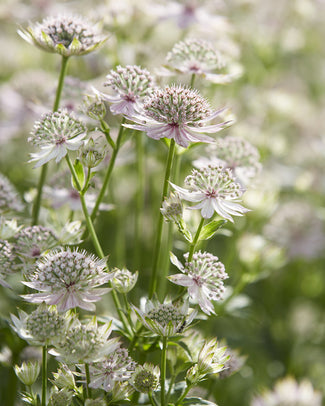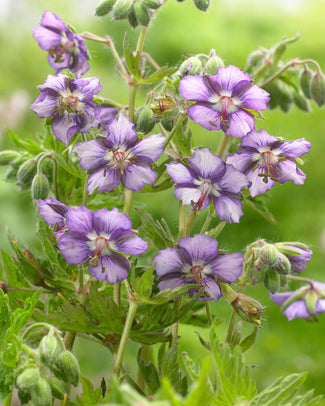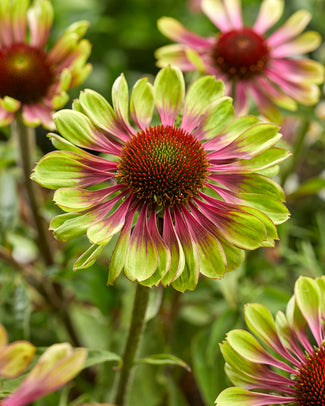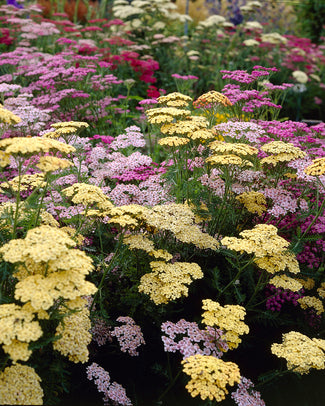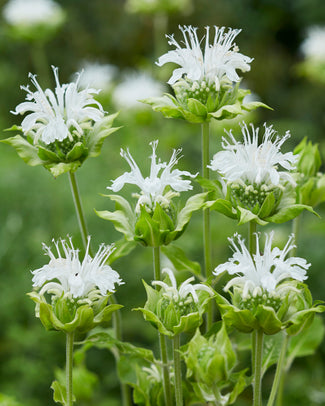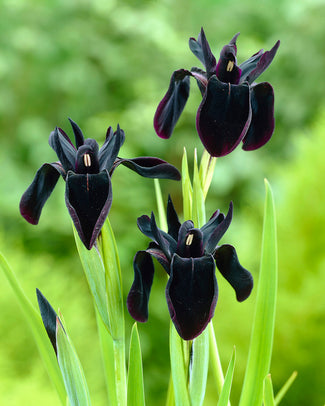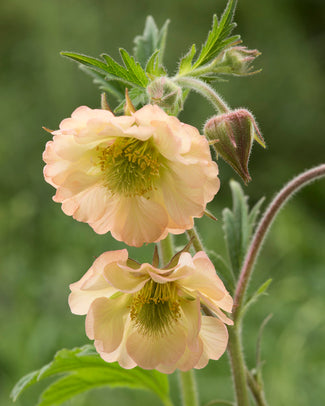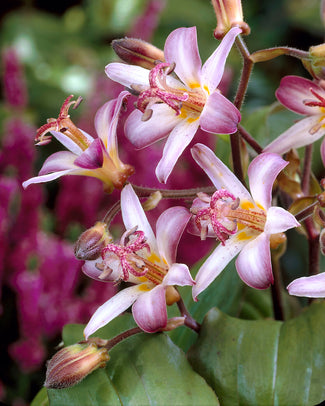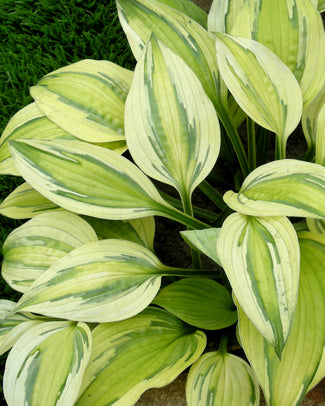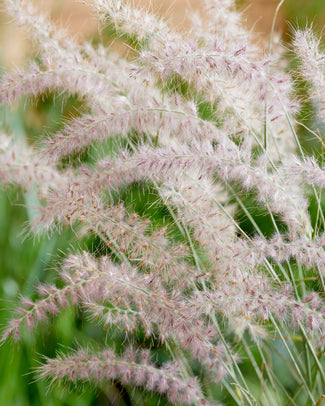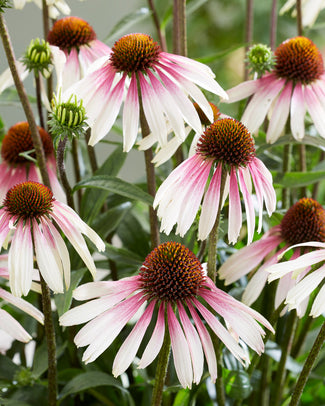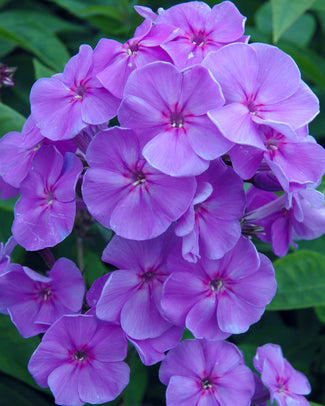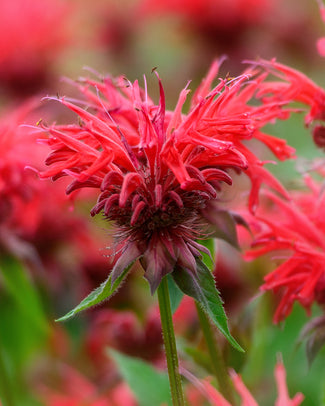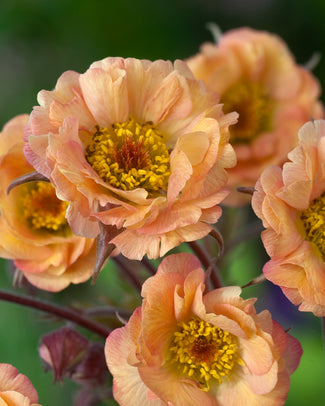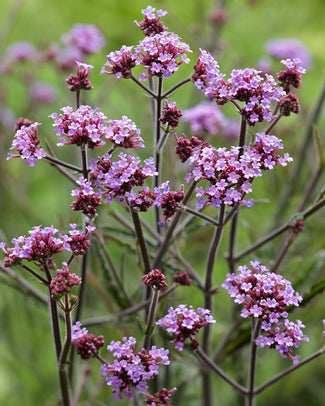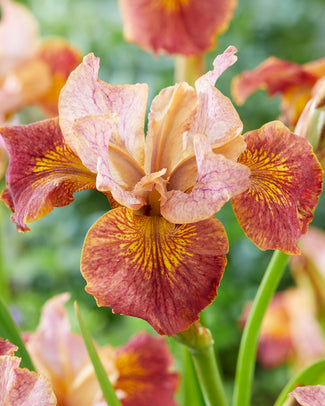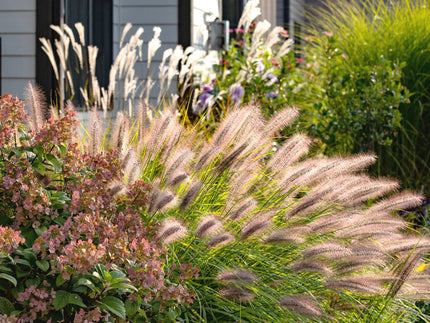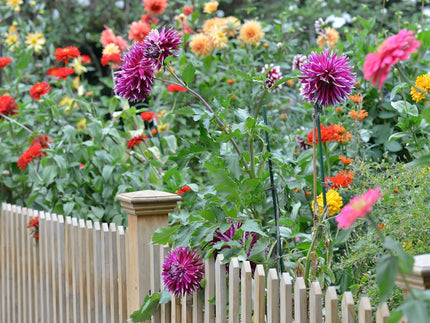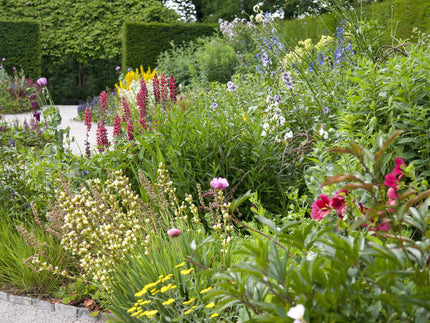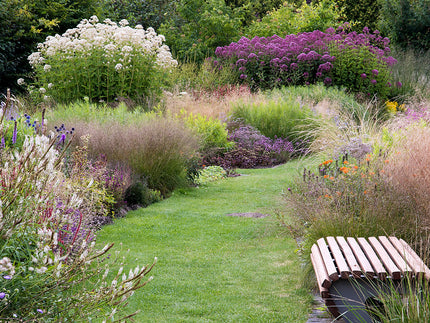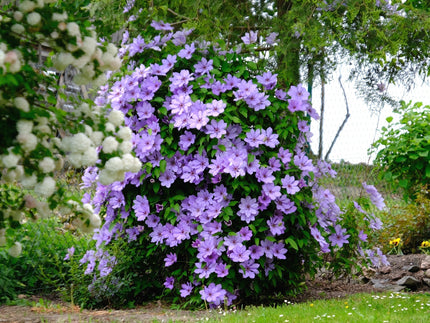How to plant Echinops
Echinops, also known as Globe Thistle, grows wild in the grasslands of Southern and Eastern Europe and central Asia. Due to its resilient and drought tolerant nature, it is frequently used in coastal gardens and prairie-style planting schemes. This perennial requires full sun to perform best, and thrives on poor, gravelly, sandy soils. Echinops looks great in mixed borders and gravel gardens. The nectar-rich flowers are loved by bees and butterflies, and its architectural seed heads continue will provide interest through autumn and winter.
How to plant
- Echinops can be planted in autumn and spring and are supplied in both seasons. It is essential that they are planted in the same season as supplied, ideally within a week of delivery.
- Soak the roots for 3-6 hours before planting. In areas with poor soils, it is recommended to pot up into 2 litre (or 15-20cm diameter) pots using a good quality multipurpose compost and grown on prior to planting out. Grow them on in a sheltered area outside. They can be transplanted into suitable growing positions after 2-4 months or once growth is established and the plants easily come out of the temporary pots with the soil held intact by the roots.
- If the root is too long to fit into a temporary pot to grow on, you can plant directly into a border with well-dug, free draining soil and then mark it with a label or stake so you can monitor it in its early stages.
- Plant with the whole root submerged and with the top of the root system just level with the soil surface. Any shoots or leaves which have emerged already should be left exposed above the soil surface.
- When planting into the garden, choose a position in full sun with well-drained soil.
- As with all young plants, monitor your new plantings, growth should emerge in spring. Keep space clear around the young plant, removing excess growth from neighbouring plants in the border to reduce competition.
- This perennial is fully hardy to around -15C and does not require winter protection.
- Water-in after planting and keep hydrated when in growth, particularly during the first year. Once established, these plants are drought tolerant.
Aftercare
- Foliage normally emerges during spring. They sometimes only produce leaves in the first year while they’re settling in. Each year the display will improve as the root system grows.
- Echinops should be planted at a spacing of at least 20-30cm between plants, and will take 2-3 years to fully establish.
- Echinops naturally fully die back in autumn. You can at that point cut back the stems to around 5cm above the soil surface, or you can opt to leave the stems and allow the dried flowerheads to provide structure in the autumn/winter garden. New growth will emerge from the base the following spring.
- Echinops forms a clump over time. As the root system grows, more flower stems will be produced. If the clumps grow too large or starts to look congested, you can lift and split the clump during autumn or early spring.
































































































































































































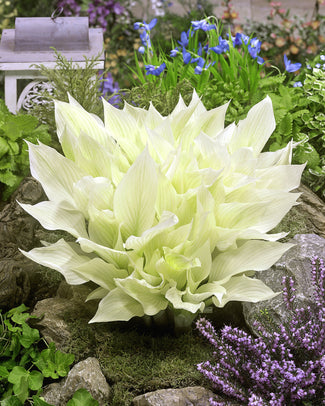
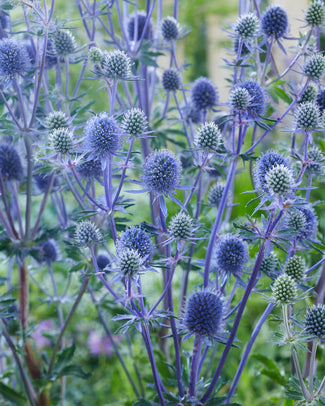
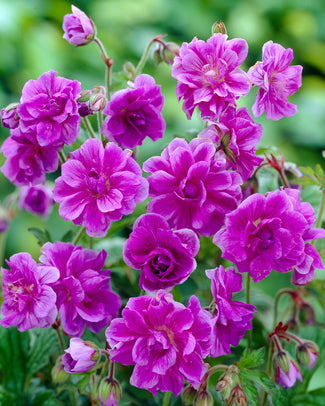
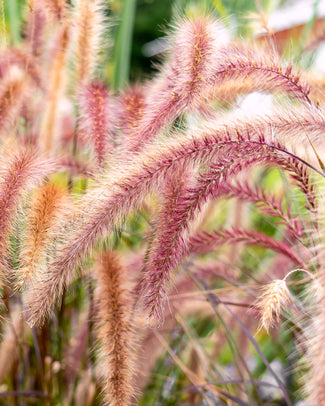
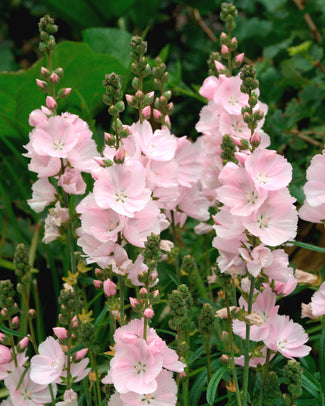
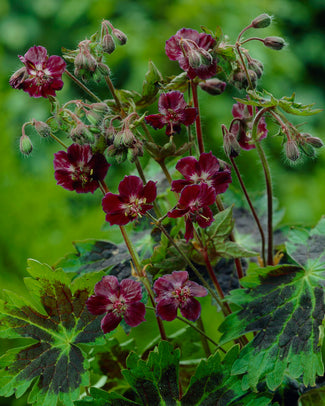
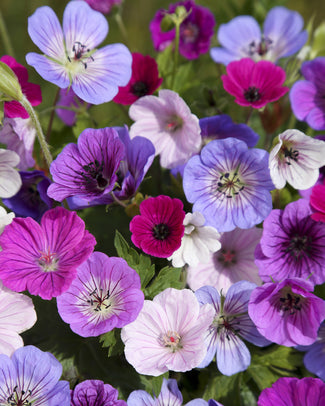
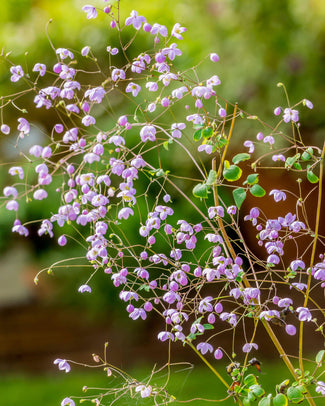
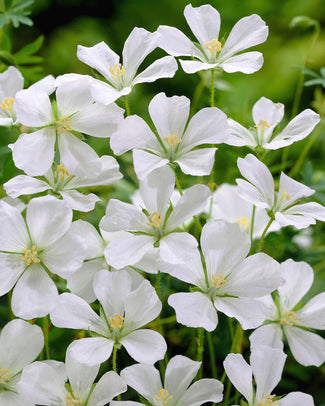
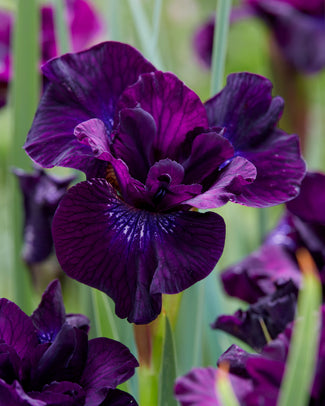
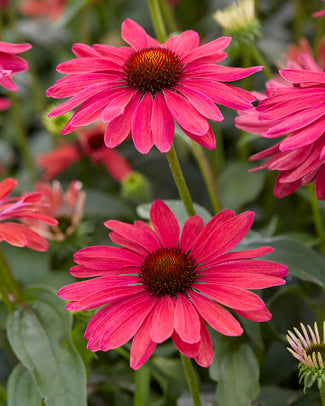
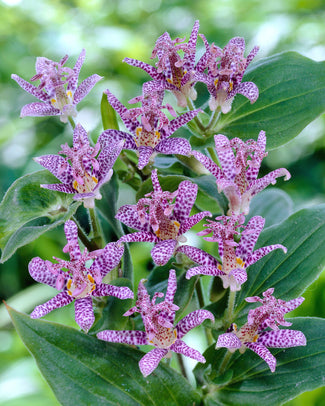
![Agapanthus 'Black Buddhist' []](http://www.farmergracy.co.uk/cdn/shop/products/agapanthus-black-buddhist-1_325x.jpg?v=1575625838)
